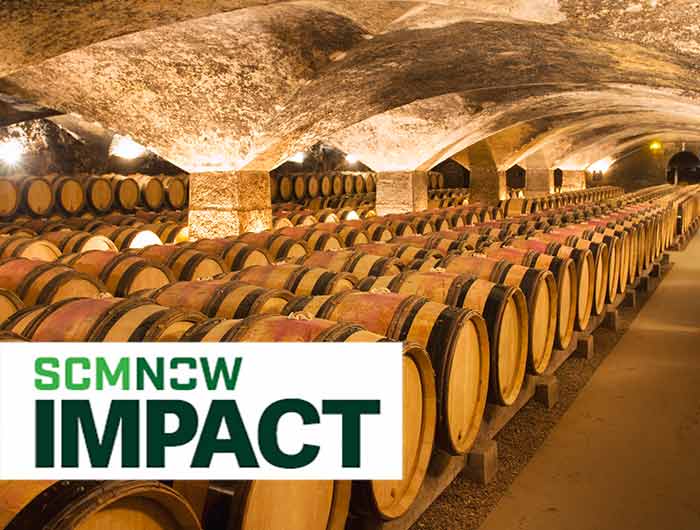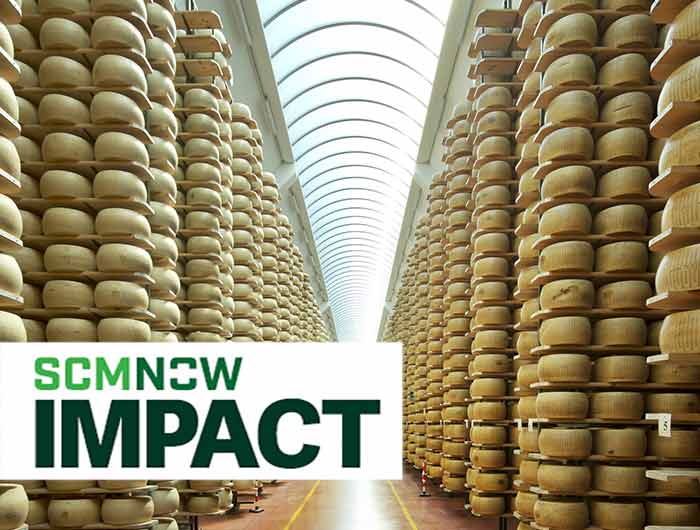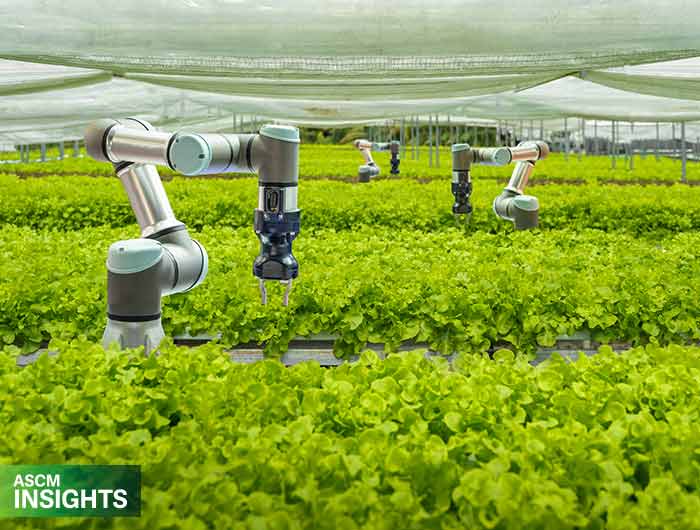While sipping on a favorite wine, we typically focus on the flavor, the fruit, the tannins, whether it’s buttery or earthy or spicy ... People rarely think about what it took to get that wine into our glass. But every step of its journey, from vineyard to table, has been carefully crafted with innovation and sustainability in mind. The wine industry has long been a pioneer in supply chain excellence, and its advancements offer valuable lessons for businesses across all sectors. From groundbreaking harvesting techniques to blockchain-based traceability, the wine supply chain is a masterclass in modernizing tradition and ensuring that every sip is a delightful experience.
It all starts with the harvest, the timing of which is based on both the grape variety and the weather. With the warmer temperatures caused by climate change, grapes actually grow faster and often have nicer flavor now — but the benefits only go so far: In fact, experts believe the wine industry will soon “reach a tipping point due to loss of color, anthocyanins and other critical components.” Moreover, in many grape-growing regions, there’s a persistent threat of drought.
Once the wine has been produced, it is packaged. Until recently, there were very few options aside from glass, corked bottles. But glass is heavy and expensive to ship; aluminum cans, on the other hand, are light in weight and cheaper to transport, which makes them a more sustainable option. In fact, canned wines will represent 10% of the market by 2025.
Once it’s bottled — or canned — wine must be stored at about 50 degrees Fahrenheit. To transport wine at this temperature, producers call on logistics companies with refrigerated trucks. And in California, a new law mandates that these trucks must use hydrogen or battery power: “EVs benefit California wine transportation because they emit no GHGs and support better air quality,” according to Global Trade. “Some wineries have encouraged electric cars at their locations by implementing charging stations. While these technologies can be expensive upfront, they’re integral for long-term sustainability at wineries. They help the supply chain’s carbon footprint and improve human health by preventing the staff from breathing in toxic fumes.”
Tracking the wine to its eventual destination is the final challenge. Adding a bottle of wine to the blockchain, and digitizing a “registry of ownership,” is the next big idea in confirming authenticity, reports The Street. Tokenization also creates a “chain of custody, provenance and supply chain data” to ensure customers who are investing in luxury wine get exactly what they pay for.
Fermenting the next great supply chain ideas
Whether your specialty is retail or reverse-logistics, automotive or aerospace, it’s always inspiring to learn what your colleagues in supply chain are doing to advance the industry. You never know where you might find the next great idea for your own network.
Similarly, ASCM’s academic journals are full of fascinating research with myriad supply chain applications from sectors as diverse as health care to lumber to high-tech. The Journal of Operations Management publishes empirical operations management research that demonstrates both academic and practical relevance. Topics include manufacturing, service operations and supply chain management at both nonprofit and for-profit organizations. The Transportation Journal presents new knowledge relating to all sectors of the supply chain, logistics and transportation, including carriers, third- and fourth-party logistics, transport economics, regulation, and more.
As an ASCM member, you have full access to both. So take a deep dive into the world of supply chain, and toast to the wealth of knowledge available in our academic journals.



